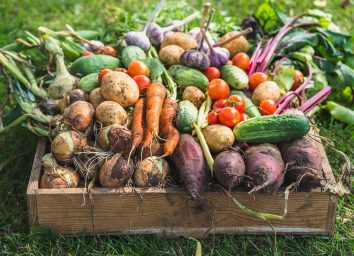15 Cleanest Foods on Grocery Store Shelves, According to an Expert
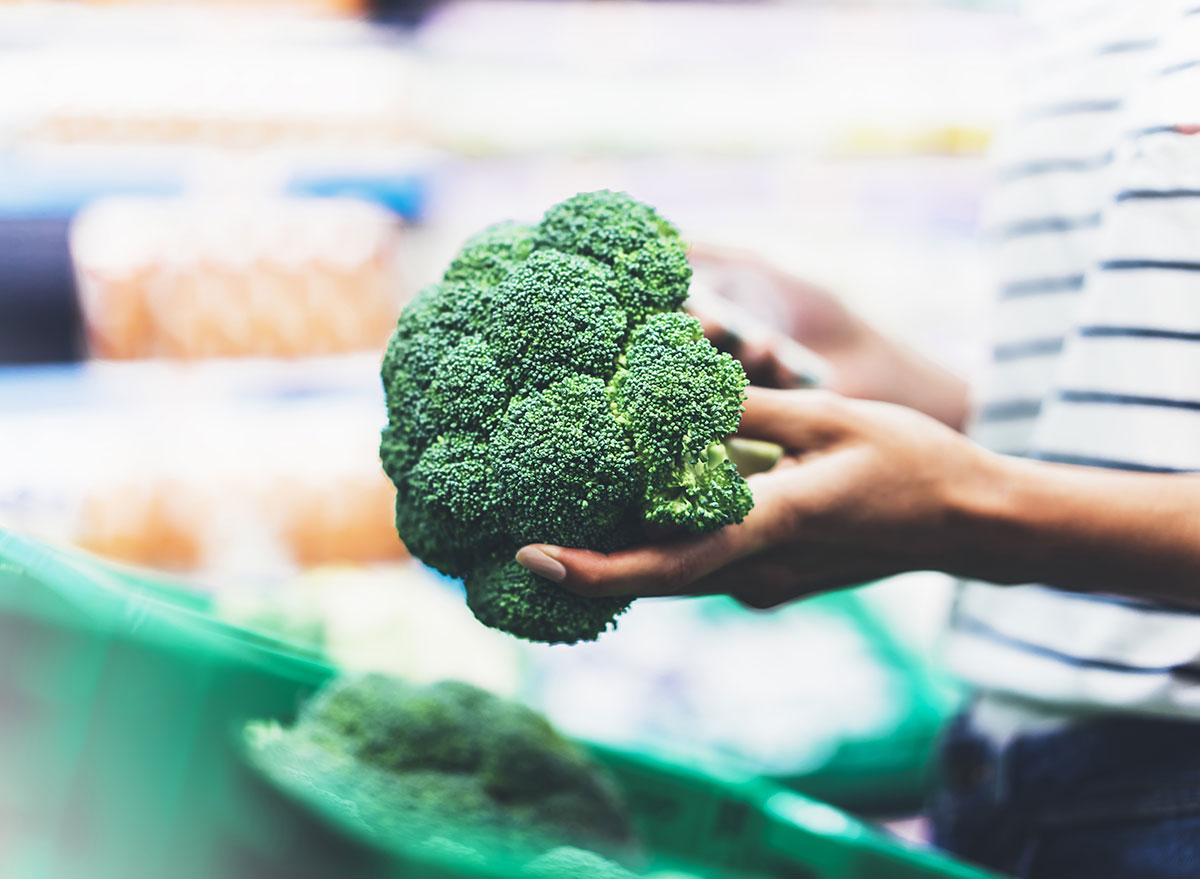
We all know how important it is to eat fruits and vegetables. In fact, they should make up a majority of your diet.
But, have you ever considered that some fresh produce may be a bit dirtier than others? Oftentimes farmers will spray fruits and vegetables with pesticides in order to protect them from things like insects and fungus. You may not think much of it when you're perusing the produce aisle, but pesticides can potentially pose a threat to your health. (Related: The 7 Healthiest Foods to Eat Right Now).
Over one billion pounds of pesticides are used in the United States each year and this year's tests from the USDA found that residues of potentially harmful chemical pesticides are on nearly 70% of the non-organic fresh produce sold in the country. And, if you think you're in the clear because you wash your produce before you eat it, the tests were only completed after researchers washed, scrubbed, and peeled all the fruits and vegetables just as you would.
However, not all conventionally-grown (or non-organic) produce is heavily tainted with pesticides. The Environmental Working Group (EWG) put together a list of these items called the Clean Fifteen, which is included in the organization's annual Shopper's Guide to Pesticides in Produce. Still, as Tamika D. Sims, PhD, senior director of the Food Technology Communications at the International Food Information Council suggests, the EWG Shopper Guide is slightly imperfect and should be taken with a grain of salt.
"Whether you prefer to buy organic or conventional produce, you are choosing a safe and healthy way to access fruits and vegetables. One is not more nutritious or safe than the other," she says. "These EWG lists neglect to underscore that both conventionally grown and organic produce are regulated by the same government agencies and the science that is used to create a safe food supply is applied to both types of produce as well."
Below, you'll see the produce items with the least amount of pesticides on grocery store shelves, ranked from the cleanest to the absolute cleanest. But first, here is the EWG's methodology for its Shopper's Guide to Pesticides in Produce.
Methodology: The Shopper's Guide ranks pesticide contamination on 46 popular fruits and vegetables based on an analysis of more than 46,075 samples taken by the USDA and the FDA. Each year the USDA selects a subset of these fruits and vegetables to test, rather than testing each crop each year. To create this guide, EWG uses data from the most recent one-to-two-year sampling period for each food. Since the USDA doesn't test honeydew melon, EWG uses the FDA's pesticide monitoring data for this crop. Plus, don't miss these 22 Meals to Melt Belly Fat in 2022.
Cantaloupes

This fruit has the rind to thank for keeping it safe from pesticides making their way through to the flesh. However, even though you're not eating the outside of the cantaloupe, it's still a good idea to rinse it—but not because out of fear of pesticide contamination. Instead, you could at the least, rinse the outside of the rind to help ensure that traces of foodborne pathogens (such as the ones that cause listeria) are washed away. Remember, piercing an unwashed melon with a knife could easily spread the pathogens from the outside to the inside.
Honeydew melon
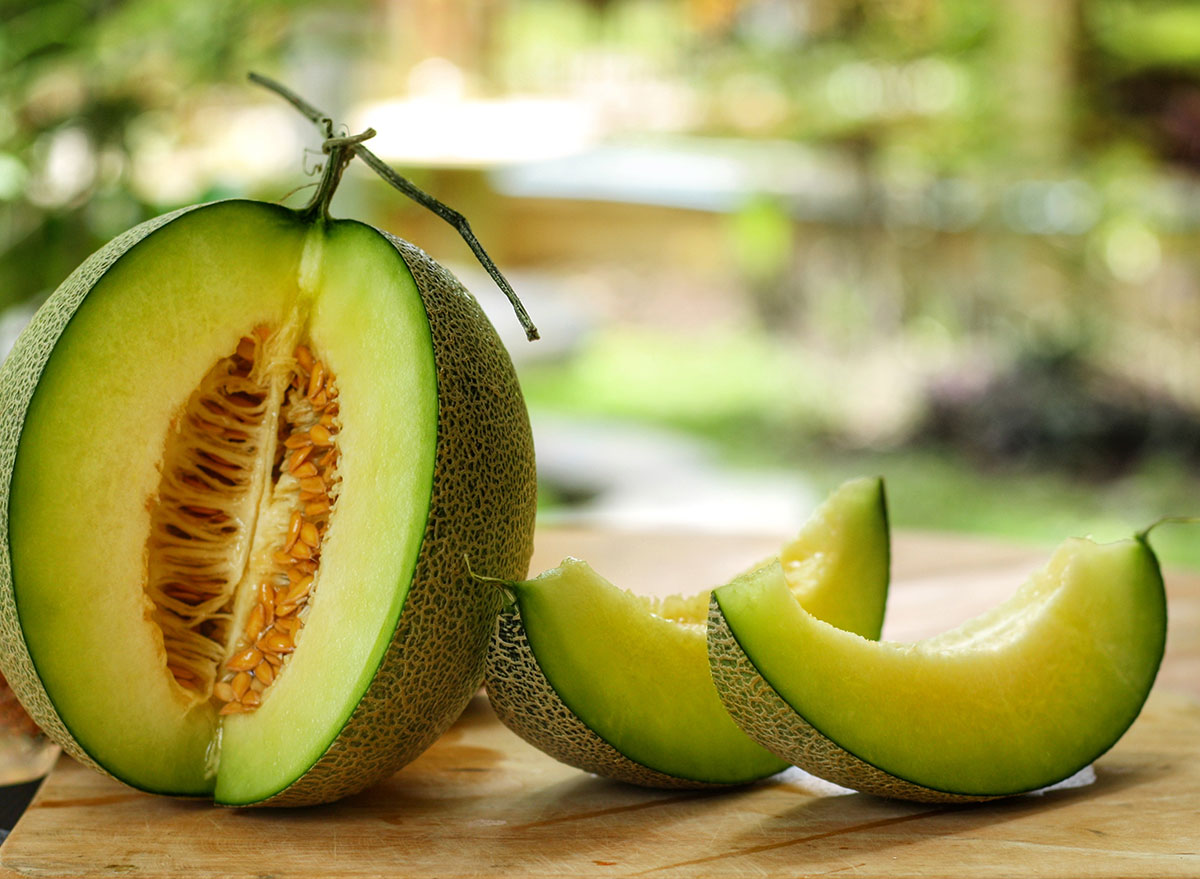
Similar to the cantaloupe, it's the honeydew melon's thick, inedible rind that helps it remain "clean" in the face of pesticides. Not only is this fruit relatively free of pesticides, but it also can help you feel less bloated.
Mushrooms

Even though mushrooms grow from the ground, there's nothing about mushrooms that's "dirty." That is, once you get them properly cleaned off, of course. They're delicious in countless recipes and according to experts may even be a superfood to fight against COVID-19.
Cauliflower
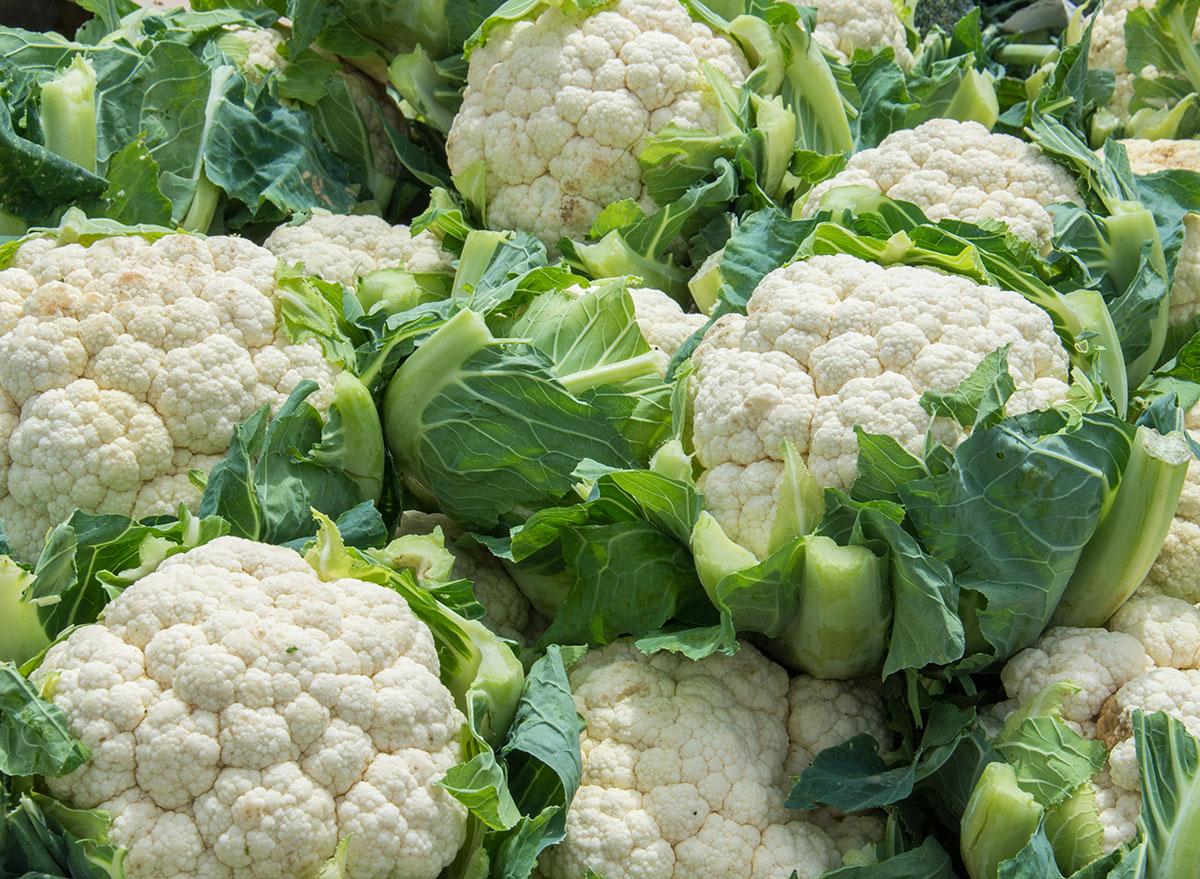
Cauliflower is a great source of fiber and can even help with weight loss. There are several other health benefits of eating cauliflower, which is great considering there are so many ways you can incorporate the fresh veggie into your diet. Riced cauliflower with roasted chicken anyone?
Kiwi

The kiwi may not be your first fruit choice, but since it's usually low in pesticides, it may be time to give it a try. The skin of a kiwi is actually edible and packs a lot of fiber—just make sure to rinse it under tap water for 15-20 seconds before digging in!
Cabbage

Ready for a cool cabbage fact? This green veggie produces glucosinolates, which are compounds that deter insects. This means that farmers don't need to use as many pesticides on this crop to get rid of bugs, because this veggie fends for itself with its own natural repellent.
Broccoli

Broccoli exudes the same plant compound that cabbage does, meaning it can repel pests all on its own. So, it makes sense why there are notably fewer detectable pesticides found on the tested samples of broccoli than on some other veggies that don't produce glucosinolates.
Asparagus

If you're not a fan of asparagus you may enjoy it a little more after you learn how to cook it correctly. Another perk is that contains an enzyme that may help break down the pesticide that targets beetles, which could explain why it has so little pesticide residue.
Eggplants

Looking for more ways to include eggplant into your weekly roundup of recipes? We've got you covered.
Sweet peas (frozen)
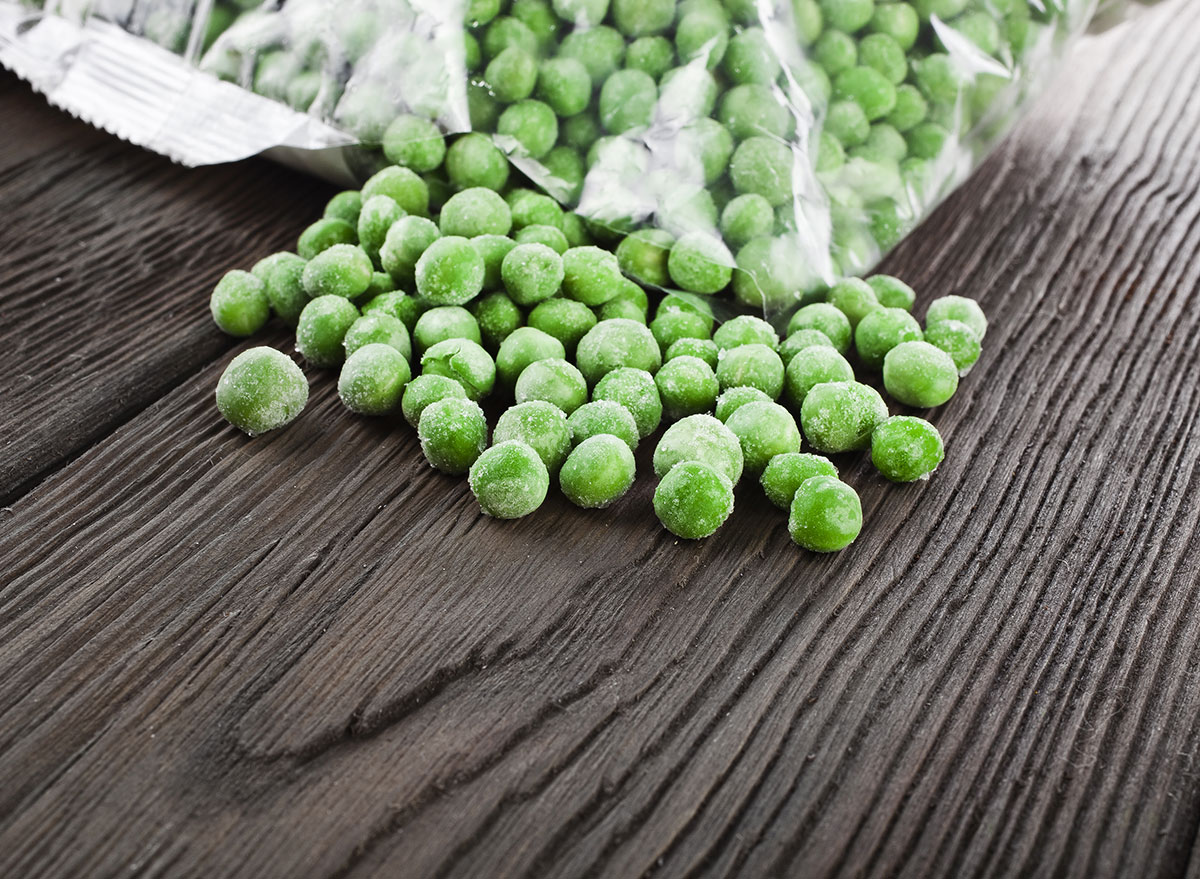
When we think of our frozen sweet peas, we often forget that even though they don't come with the shells still wrapped around them, they originally did have a tough barrier blocking them from the outside air. It's the shells that are vital in keeping the pesticide residue off of the sweet peas inside.
Papaya

Once again, it's the skin of the papaya that keeps the inside parts so well insulated and protected from pesticides. In addition to being low in pesticide residue, the tropical fruit may also help manage acid reflux symptoms.
Onions

Despite the fact that the skin on onions isn't as thick as some other fruits and vegetables on this list, the root vegetable has one of the lowest pesticide residue contents of them all.
For more, be sure to read What Happens To Your Body When You Eat Onion.
Pineapple

We're definitely sensing a trend on this list with the fruits with thick outer layers. A pineapple's protective layer is especially tough, which is largely why it carries such a low amount of pesticide residue.
Sweet corn
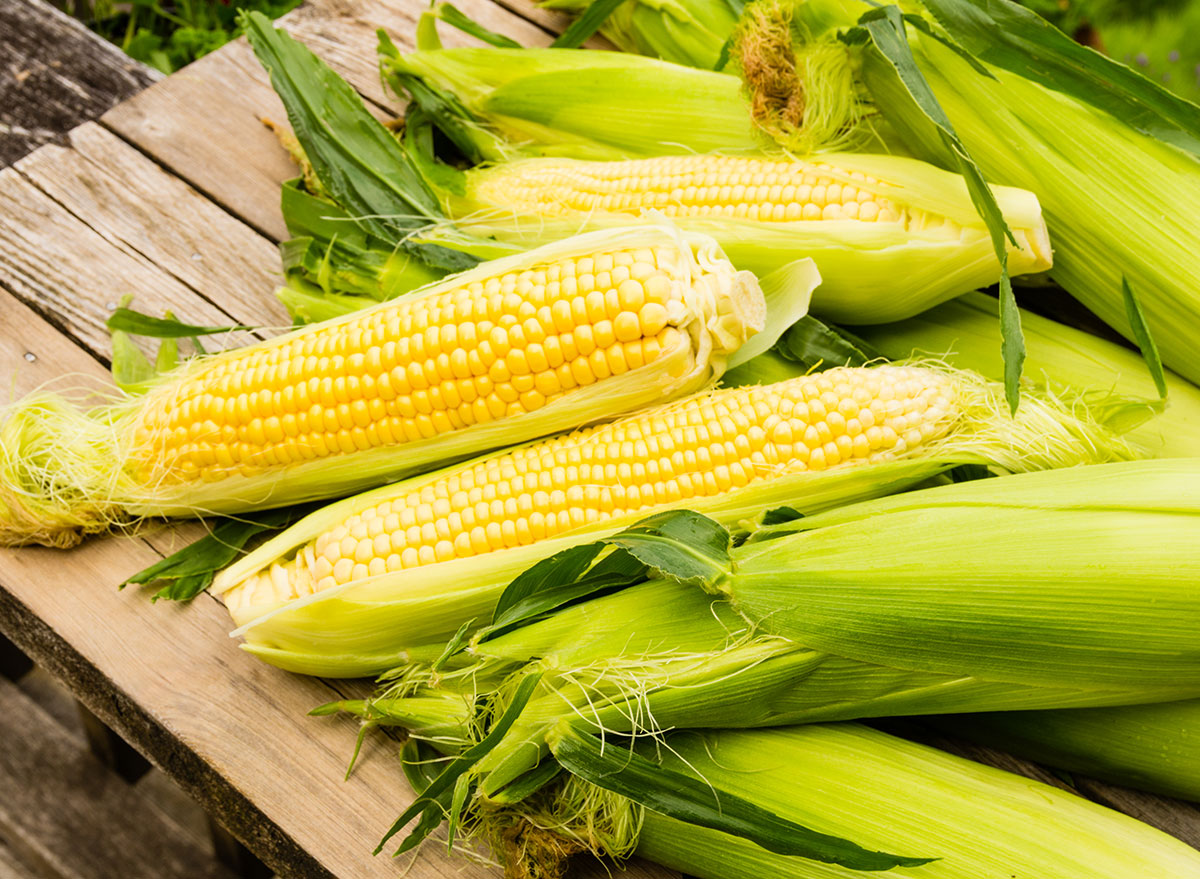
It may be annoying to have to peel back layers and layers of husks off of sweet corn before you cook it, but it's that protective covering that keeps the corn nearly pesticide-free.
Avocados
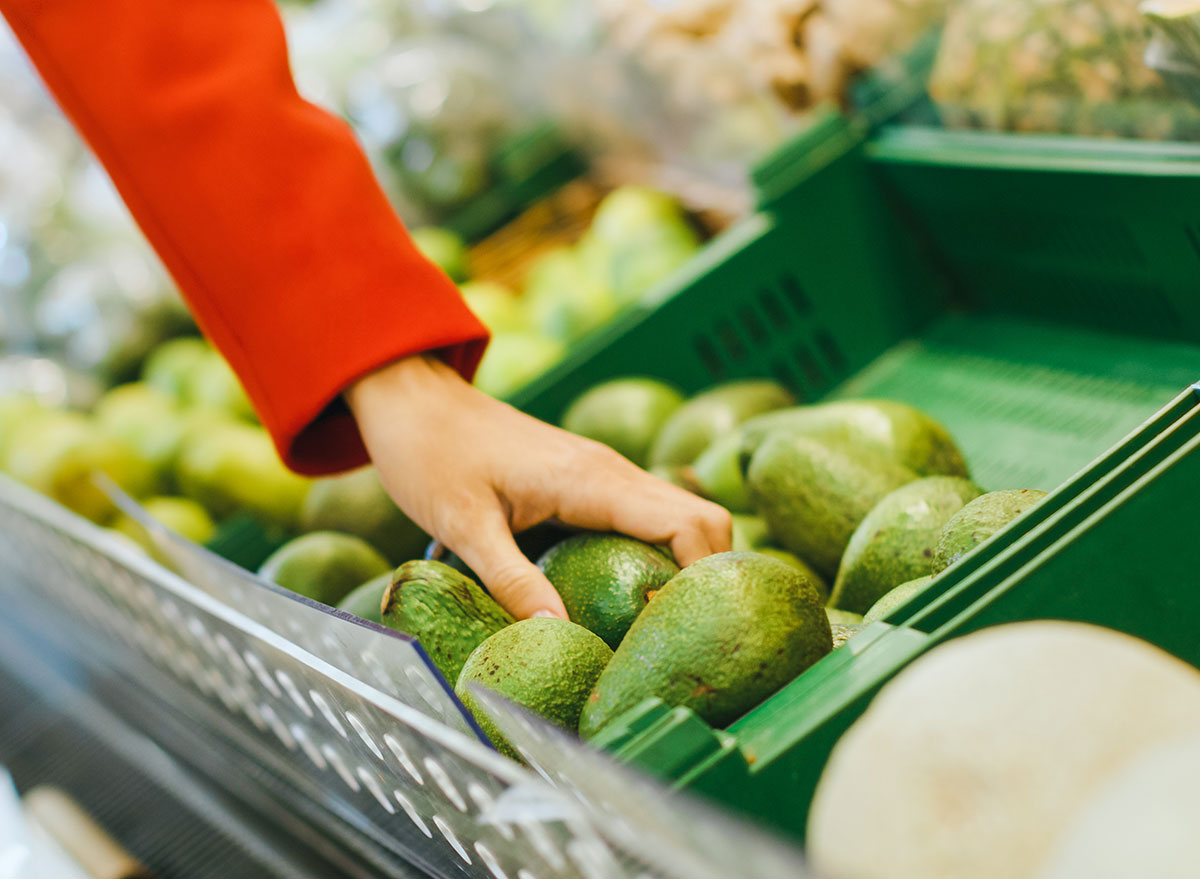
Avocado lovers, rejoice! You likely already know that there are immense health benefits linked to eating this trendy food, but did you also know that it's one of the cleanest fruits on grocery store shelves? That's right, it's all thanks to the protective outer layer that prevents pesticides from tainting your guacamole.
For more, be sure to read A Third of All Farmers' Market Produce Is Contaminated With This, Study Finds.

